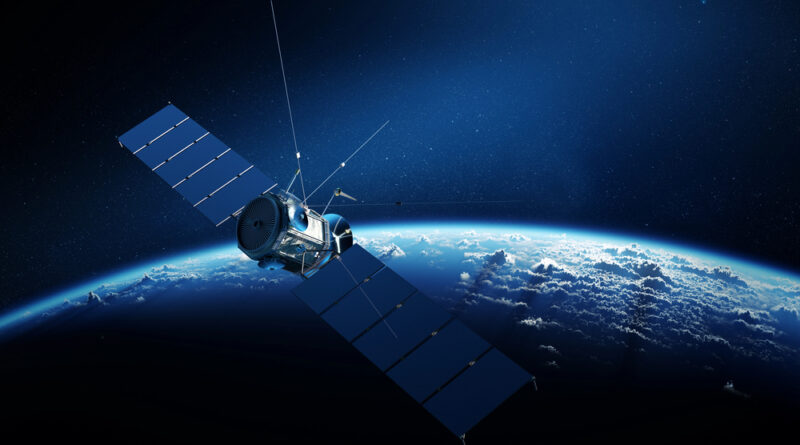China Unveils “Dawn,” a High-Orbit Quantum Satellite Set to Transform Global Secure Communications
China is preparing to launch the world’s first geostationary-orbit quantum communication satellite in 2027, aiming to create continuous, globe-spanning quantum links and advance research that could refine the definition of the second, the fundamental unit of time.
The satellite, named Dawn, will circle more than 35,000 kilometres above Earth, maintaining a fixed position over a single longitude. From that vantage point, it will distribute entangled photons between ground stations separated by up to 10,000 kilometres, enabling round-the-clock encrypted connections between continents that lie under the same line of sight.
Dawn’s payload combines an entangled-photon source with an optical atomic clock. Scientists will use the platform to explore techniques for synchronising widely separated clocks with unprecedented precision, a prerequisite for any future re-definition of the International System of Units (SI) second. By exploiting global entanglement rather than conventional radio or optical time-transfer methods, researchers hope to suppress short-term timing fluctuations and test the limits of quantum metrology.
The new spacecraft builds on experience from Micius, the low-Earth-orbit quantum satellite launched in 2016. While Micius demonstrated space-to-ground quantum key distribution, its 500-kilometre orbit restricts contact windows to roughly nine minutes per pass. In contrast, Dawn’s geostationary station-keeping will provide uninterrupted coverage throughout each 24-hour cycle. That persistent access is expected to remove a major bottleneck for real-time, intercontinental quantum communication.
Even at high orbit, technical obstacles remain. Photon loss over long distances reduces link efficiency, limiting the system’s ability to support device-independent quantum encryption, an advanced protocol that guarantees security even if hardware is compromised. Engineers are refining detector sensitivity and source brightness to overcome those challenges in future upgrades.
Beyond Dawn, China is developing a constellation of low-orbit quantum satellites to mesh with terrestrial fibre networks, forming a layered global architecture. Longer-term ambitions include a quantum experiment involving Earth and the Moon. The proposed mission would station an entangled-photon source at a gravitationally balanced Lagrange point, sending one photon to a lunar relay and its partner to Earth. Measuring correlations across that vast baseline would provide a stringent test of quantum non-locality under extreme conditions.
By moving quantum links from demonstration to persistent service, Dawn positions China at the forefront of space-based ultra-secure communication. Governments, financial institutions and critical-infrastructure operators are watching closely: as conventional cryptography faces the eventual threat of quantum decryption, satellites like Dawn could become essential for safeguarding data in the coming decades, while reshaping the very definition of time itself.
Photo Credit: DepositPhotos.com

